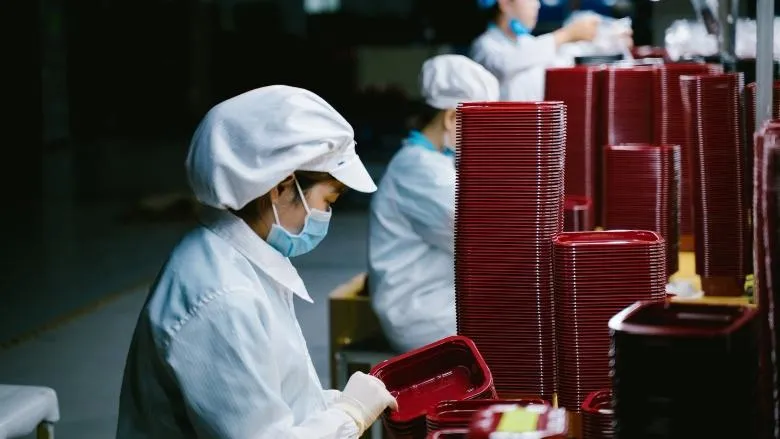The impact of technology on plant security and safety
Manufacturing plants need to secure their physical premises, machinery, and other capital goods. Unauthorized access and pilferage have to be avoided. Another area of concern would be the protection of intellectual property. Implementing security in an analog way is a daunting and expensive task. Conventional methods are not capable of delivering adequate security even with higher costs.
Modern technology can assist businesses in securing valuables on the plant floor. The advantage of using digital technologies is that they are scalable and easy to implement at a low cost. Aside from advantages for security, modern technology improves worker safety.
Improvements in worker safety could be achieved by making standard operating procedures (SOP) and checklists available to employees in easy to access way (usually using handheld display devices or overhead display devices) and by ensuring regular and proper plant maintenance with the help of CMMS. This eliminates the chances of equipment failures causing damage to employees.
Surveillance
Surveillance is required to ensure the physical security of the plant and its premises. Earlier, this was fulfilled with security guards on-premises. Later, CCTV technology increased the scale of video surveillance by requiring less staff for monitoring and incident handling.
Modern deep-learning solutions further automate video surveillance, reducing the manpower and energy required to perform surveillance duties. This technology is supported by an industry shift — it is estimated that the global video surveillance market will increase by about $30 billion by 2025.
Ensuring adherence to OSHA standards and practices with automated monitoring undoubtedly helps with worker safety as well.
Access control
All employees and personnel visiting the plant need not have access to every part of the plant; there will be areas in the facility that necessitate restricted access. Access to those areas has to be given to a selected cohort of employees and managers. Earlier, access control was achieved with physical barriers guarded by security personnel to limit access.
With technology, access control can be algorithmically coded and implemented without security personnel. The safes, doors, gates, and other means of access can be automatically locked and unlocked, restricting unauthorized access. With ingeniously coded programs and artificial intelligence, dynamic modification of access control is also possible, making it more flexible and fluid according to current requirements.
Access control positively impacts worker safety because employees or other parties without proper credentials could be automatically denied access, preventing a potential safety incident. Digital technologies can also be used to deny access to employees not adhering to recommended safety practices.
Authentication
Once access control strategies are in place, security professionals must prioritize authentication to know who has and does not have the authority to access different zones. Historically, security leaders implemented this with identity cards and badges. With technology such as biometric authentication, these physical authentication peripherals are not needed. The identity of authorized individuals can be verified with biometric data, such as fingerprints, facial or voice recognition, or iris scans.
These authentication methods can be used standalone or in combination, according to the level of security required.
Cybersecurity
With additional technology being adopted in factory operations, the chances of cyberattacks are increased. Many malicious cyberattacks can be used to debilitate plant equipment and devices. Data exfiltration is also a huge challenge in plants that need to protect sensitive information. Technology is, again, the solution for problems introduced by technology. Implementing firewalls and secure network devices and following cybersecurity best practices is the way to protect assets from cyberattacks.
All of this has an indirect impact on worker safety. By securing network technology against potential cyberattacks, security professionals leave less room for a safety incident.
Technology has a wide-ranging, positive impact on manufacturing plants and their operations. The most obvious improvements are in increasing efficiency and reducing waste, however, technology is also beneficial in improving plant security and worker safety. Security leaders can implement solutions at a large scale and at a minimal cost. The functionalities and capabilities technology can provide for manufacturing security teams are unbounded. More improvements in technology are expected in the future, improving technology and further reducing costs. It is high time for manufacturing facilities to use technology to improve security and worker safety on the plant floor.
Author – Bryan Christiansen





